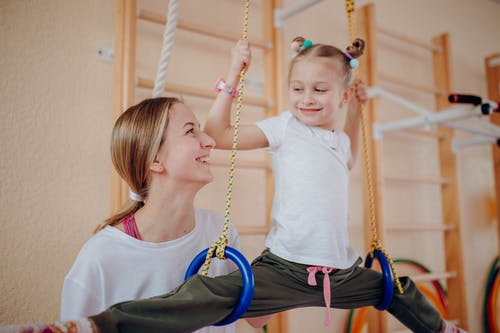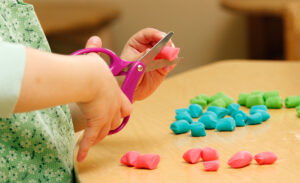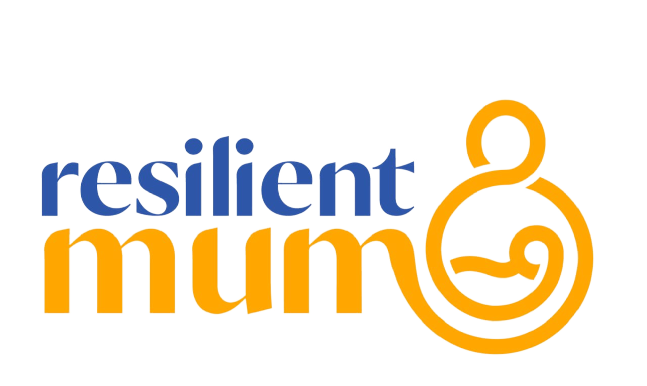Occupational therapy (OT) is a healthcare profession that helps people of all ages participate in the activities (or “occupations”) that are meaningful and necessary in their daily lives. Here’s a comprehensive explanation of what it involves and its benefits:
What Occupational Therapy Is: Occupational therapists work with people to develop, recover, improve, and maintain the skills needed for daily living and working. They help individuals who have physical, sensory, or cognitive problems by:
- Evaluating a person’s physical abilities, lifestyle, environment, and goals
- Creating customized intervention programs
- Teaching new ways to approach daily tasks
- Recommending adaptive equipment and training in its use
- Modifying environments to better suit the person’s needs
Key Benefits:
- Independence in Daily Living
- Helps people perform everyday tasks like dressing, cooking, and personal hygiene
- Teaches strategies for managing household responsibilities
- Improves ability to handle money and manage time
- Physical Health Improvements
- Enhances fine and gross motor skills
- Improves strength, coordination, and balance
- Helps manage chronic pain
- Assists in recovery after injuries or surgeries
- Mental Health Support
- Develops coping strategies for stress and anxiety
- Improves social skills and interactions
- Builds confidence and self-esteem
- Helps manage mental health conditions through meaningful activities
- Pediatric Development
- Supports children with developmental delays
- Improves handwriting and school-related skills
- Helps with sensory processing issues
- Enhances play skills and social interaction
- Elderly Care
- Maintains independence in aging populations
- Prevents falls through home modifications
- Helps manage conditions like arthritis and stroke
- Supports aging in place
- Workplace Benefits
- Assists in returning to work after injury
- Recommends workplace modifications
- Improves ergonomics and work efficiency
- Prevents work-related injuries
- Cognitive Function
- Enhances memory and problem-solving skills
- Improves attention and concentration
- Helps with organization and planning
- Supports recovery from brain injuries

Occupational therapy focuses on Gross motor and Fine Motor skills. Therapy sessions are usually comprised of both areas.
These pictures are the examples for gross motor activities focusing on proprioception and vestibular input. These senses focus on balance and movement and placement of body in space.
Sensory Motor – Gross motor activities :
- Jumping on trampoline
- Jumping from chair
- Sack jumping
- Bouncing on ball
- Hot dog in a blanket (wrapping the child in blanket and applying deep pressure on the body).
- Shaving cream/foam activity
- Sand activity
- Crashing towers (Shoe boxes or make castles with clay and sand and then crash them with hand and foot.
- Musical chair game
- Scooter board activity
- Pushing the wall exercise
- Catch and throw ball
- Tunnels
- Maze games
- Bean Bag toss
- Pick up objects (Pick up all things from the floor and put it in the basket)
- Cycling


Fine motor activities:
- Dot Coloring
- Coins or tiny objects in the box
- Tracing on the line
- Tweezer activity
- Play dough activity
- Painting /coloring within picture
- Scissor skills- cutting activities
- Pasting paper on drawn picture
- Opening and closing of zipper
- Using spray bottle
- Squeeze ketchup bottle
- open and close jar lids/bottle caps
- Lacing activities
- Cutting straw /play dough
- Lacing beads
- Finger painting



Occupational therapy helps people across their lifespan to do the things they want and need through the therapeutic use of daily activities (occupations). The treatment uses play-based activities to develop important motor, cognitive, sensory and behavioural skills.
